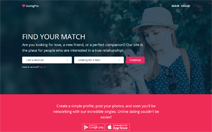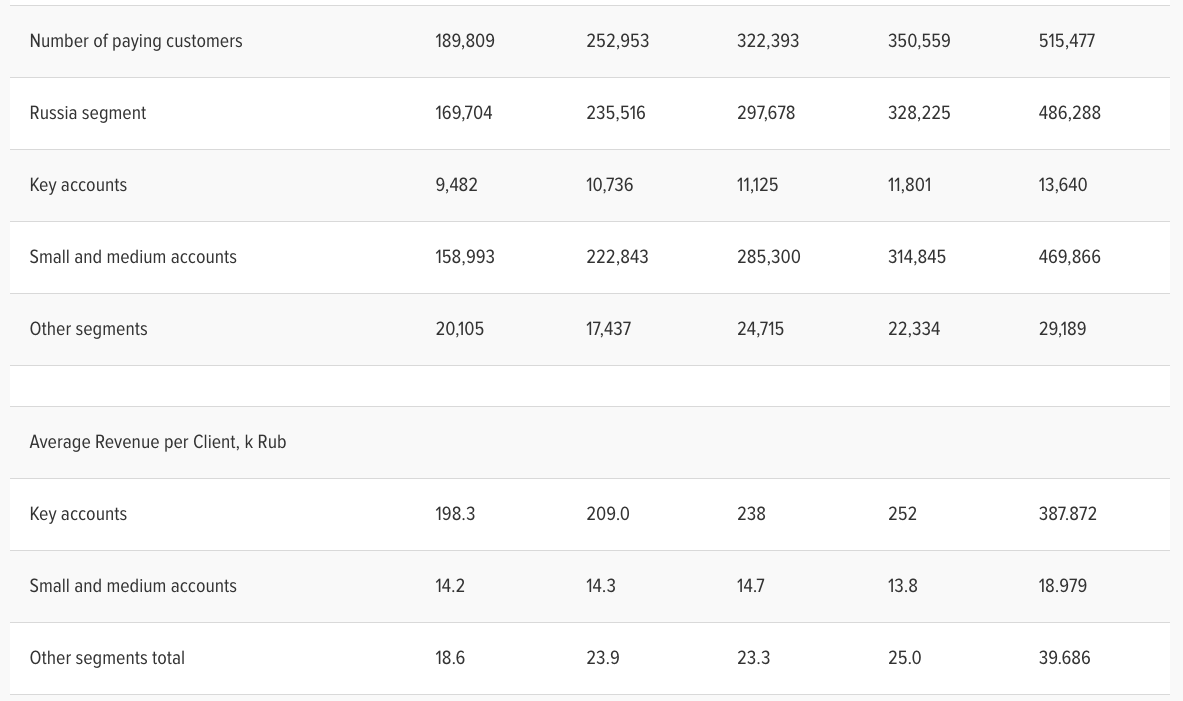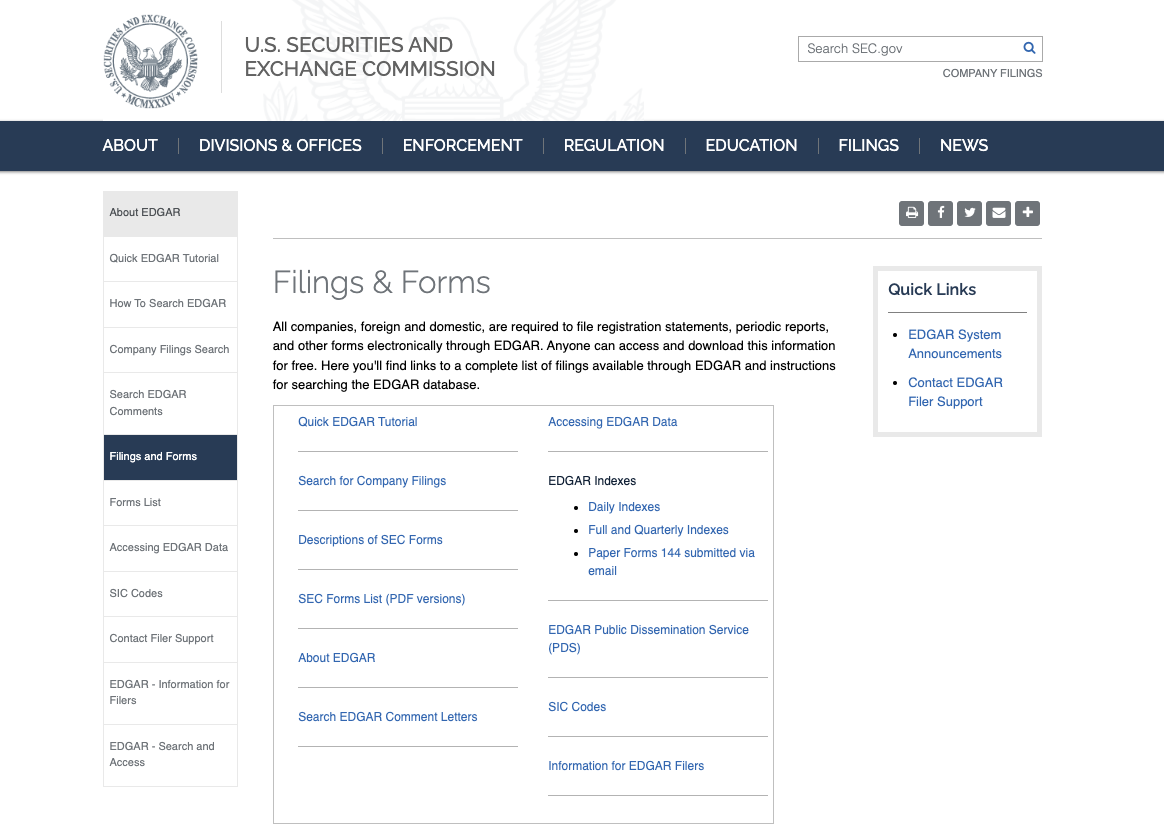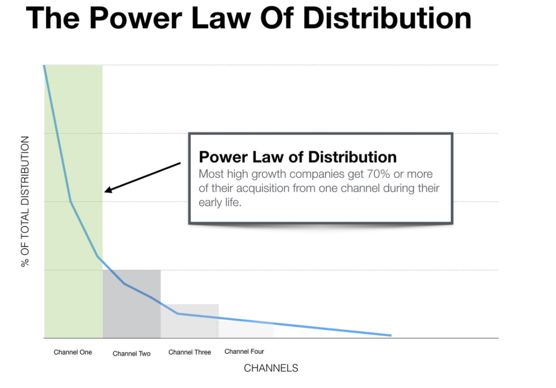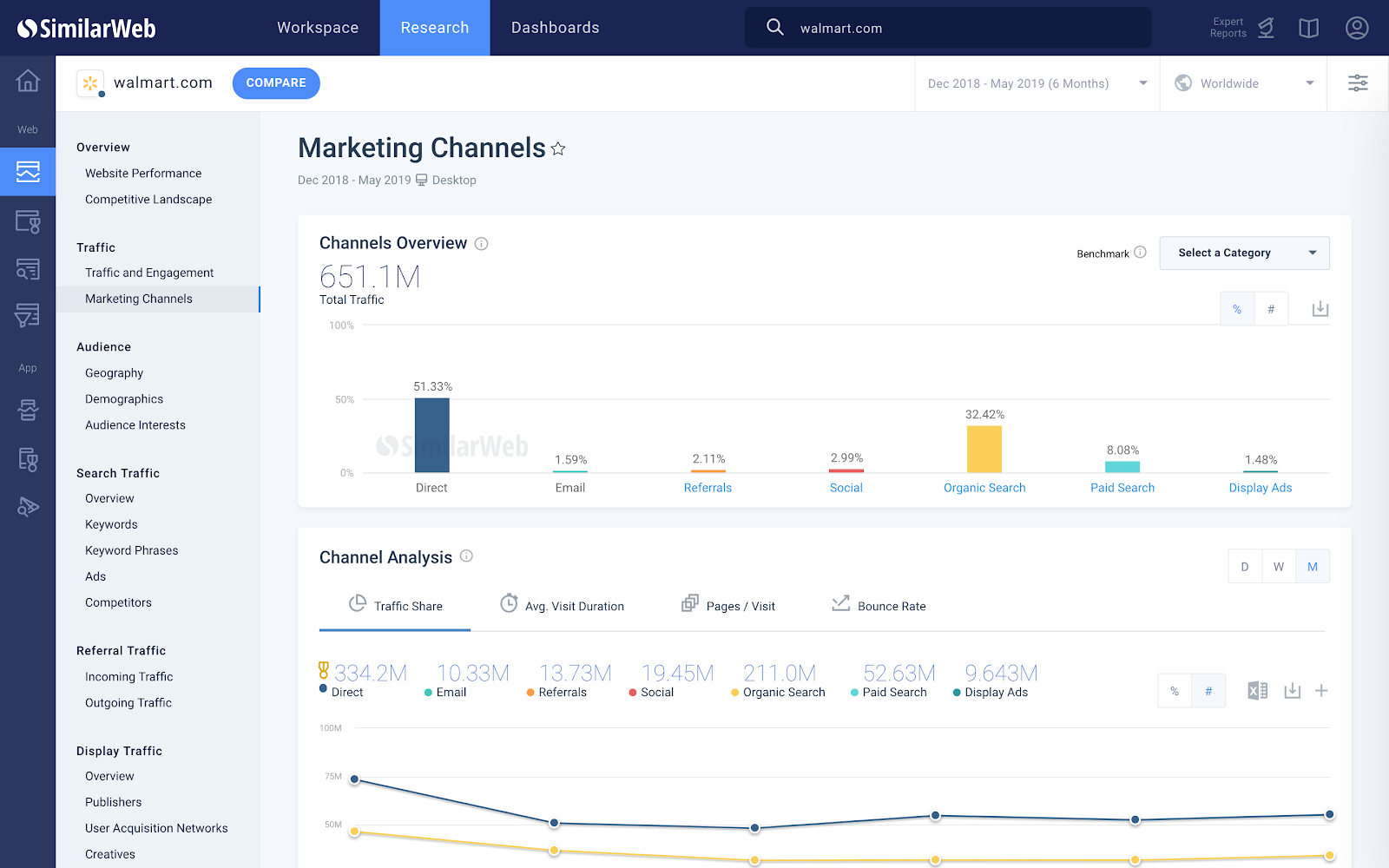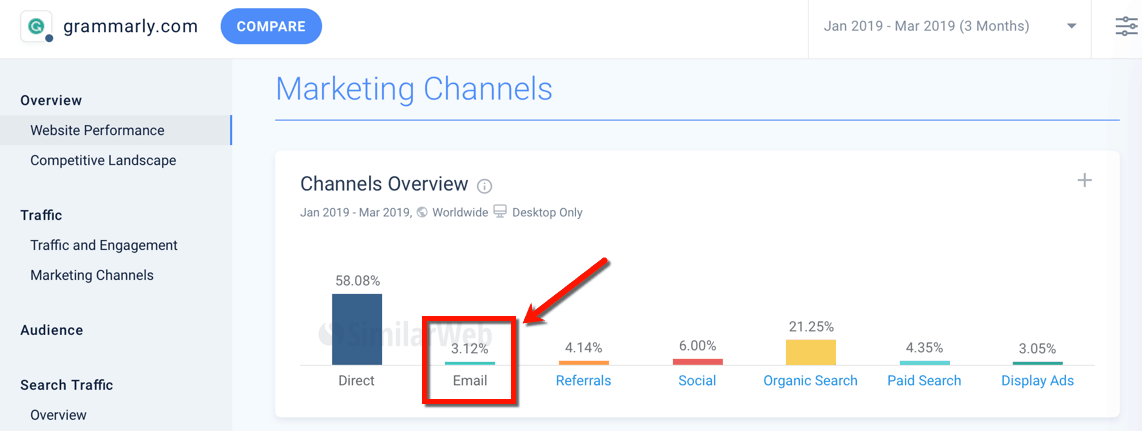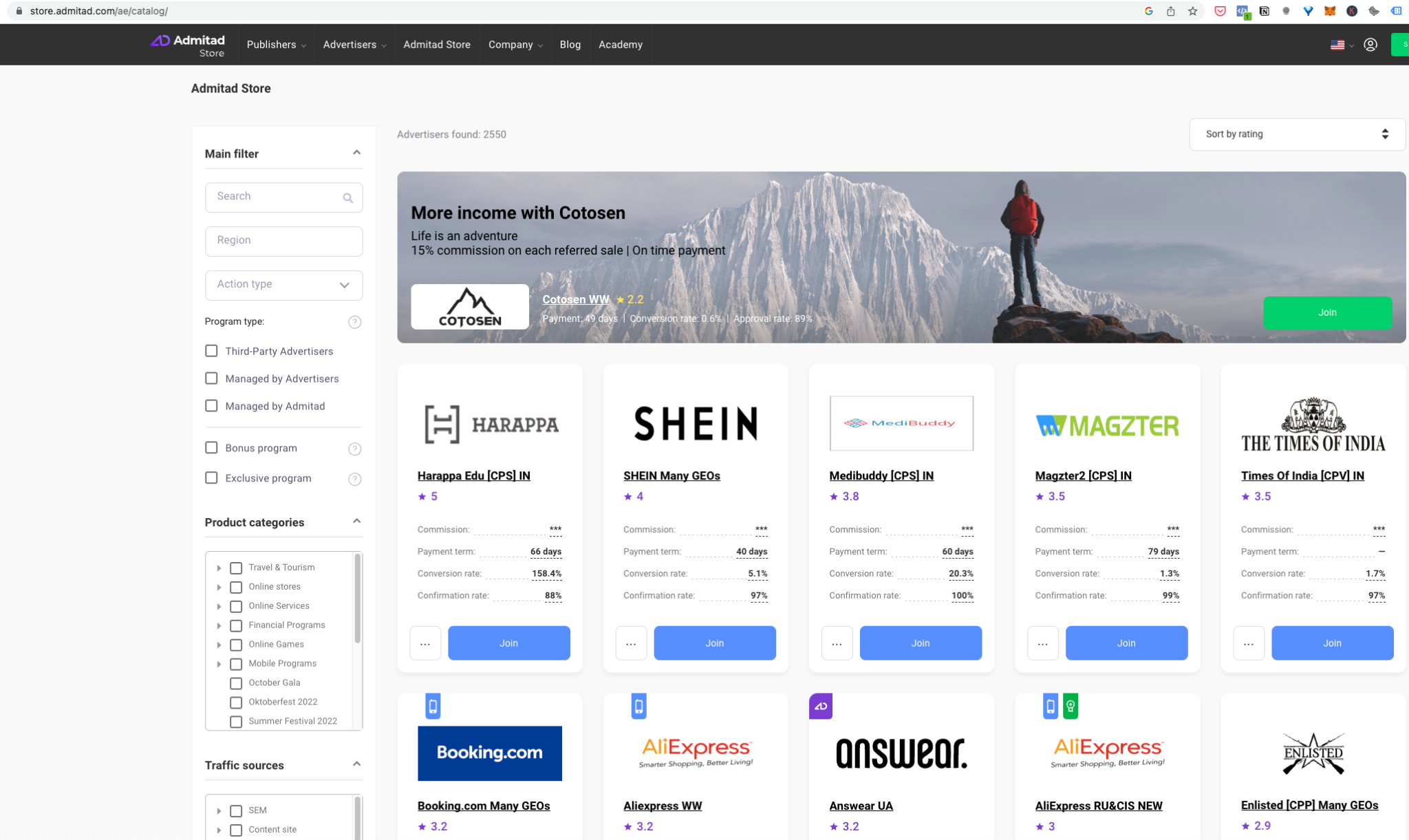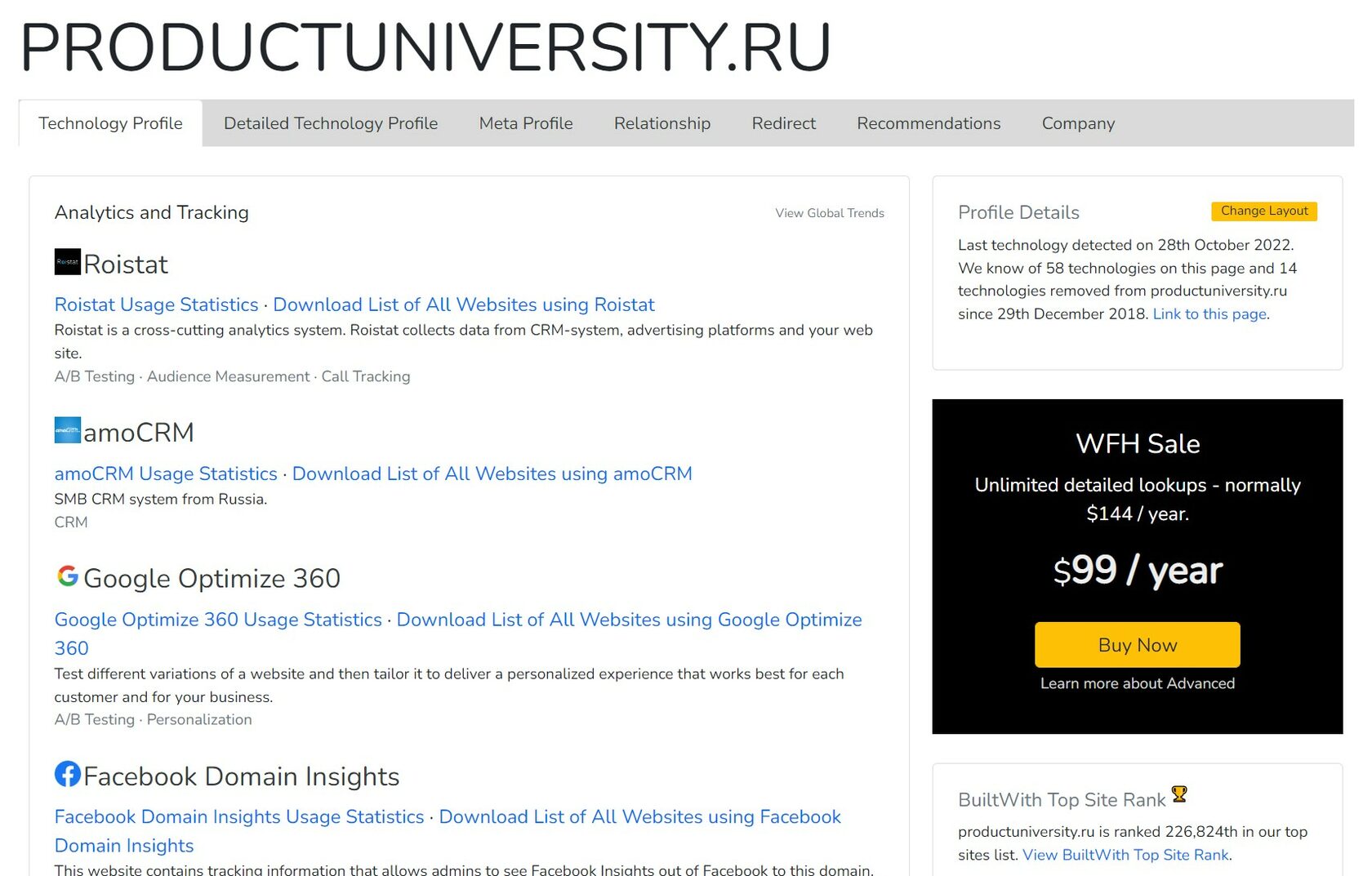Day 2. Sales channels and technological stack. The primary rule of copying and launching: 1 what + 1 whom + 1 average check. Examples of product-channel fit. N22
Studying Sales Channels and the Technological Stack
Hello, everyone. This is the second day of the course on how to copy a business while remaining original. Today, we will move forward. What do we have after the first day?
We have defined our task – why we are looking for projects, why we want to study analogs. It’s to improve an existing project and understand where to expand it. To find some kind of reference point. Because, as we have already learned, there are no new business ideas. All ideas are either proven, and we can find them, or they have died, and we can learn why they failed. So, it’s always worth studying analogs.
We have studied seven methods for finding analogs. I hope you applied them and found something interesting, something significant. Something that, even when transferred from the American market to the one you have chosen, remains significant.
At the end, we subscribed to news about the project that interests us.
The main rule of copying and launching: 1+1+1
- One main offer and one tariff, with one price and one button.
- One main target audience.
- One main sales channel.
- One main sales funnel and conversions in it.
- One main growth driver.
- In marketplaces, one main side (sellers or buyers, but not both at once).
- One main selling phrase or pitch.
The task for today is to identify these key components: 1+1+1.
Suppose you’ve decided to copy Investors Club or Flippa.com for buying/selling ready-made businesses to your country. Or maybe it’s LinkedIn or something else. The next important rule of copying and launching, which you need to remember, and which I have experienced and passed through myself many times, is this:
A complex business once started with one simple useful function.
Facebook started with the Hot or Not app for Harvard’s campus. If something doesn’t take off in a simple form, it won’t take off in a complex form either.
Many make a very basic mistake. For example, our main function is not strong enough. We start to make a spaceship and add something. All of this blurs the fact that there is no single simple function that can make this thing take off.
Everything that takes off does so in a very simple combination. I call it “1+1+1.” This means that there is always one main offer and one main target audience that you can reach through one main sales channel. In this sales channel, there is always some single sales funnel. It always grows due to one simple mechanism. In Darberry, we tried many different channels, but there was one main one.
If you’re launching marketplaces, there are usually two sides: sellers and buyers. For example, if you decide to clone Airbnb, there are those who rent apartments and those who rent apartments. Such things usually start with one side. First, you create a service for hosts, and after you have a few listings, you create the second part of the service for guests. Darberry is similar. Essentially, you should have “Promotions” first, and then subscribers. It may seem that you need to work on both at the same time. But initially, we focused on promotions, and later on subscribers.
If you can’t formulate the 1+1+1 principle, it means you’re clouding some important issue. This probably means that this project doesn’t have much of a chance. Because you’re trying to complicate everything and make a spaceship instead of simplifying. So, today our task is to extract the simple from the complex. Because when you copy, you actually start with that simple thing.
One Main Product: What, Who, What Price
You have to start somewhere. Looking at an analogous project, you need to understand what they are really selling and to whom. With an approximate average check. This is not as easy as it sounds. For example, let’s take LinkedIn. It’s a huge company with revenues of around $10 billion per year. What do they earn their $10 billion a year from? Maybe paid messages, or perhaps it’s advertising. You may have many hypotheses, but in reality, they make most of their money from selling subscriptions to HR. It’s not easy to see what their main product really is and where they make most of their money.
If we take Groupon, it’s not very clear what they are selling and to whom. They may be selling ads, coupons, or bringing customers to establishments. In general, it’s a complex question, but you need to have a clear answer. You break down their revenue structure and highlight the most important part: what they make most of their money from. This is your basis.
The Main Customer Segment? Public Reports or in Tariffs and Media
Where can you find this information? Usually, if you have taken a fairly large analogue, there will always be some analogues of it that are publicly traded or have public reports. Or, if they have attracted investments, there will be documents they submit to regulatory authorities.
These are organizations where everything is quite tightly regulated, so there is a lot of detail. You can go to the reports of a large company and see who their key customers are and what revenue they get from one customer. You will be surprised to see that their customers are, for example, large companies that pay them an average of $380,000 per year. This is their core, their main product.
The Pareto Principle for Distribution
Once you have figured out what and to whom you are selling, you need to determine the main sales channel. If a company sells something, it’s clear that it has many sales channels. Apple, for example, sells iPhones both through partners and through its own stores. Any large company has many sales channels. But when you launch, resources are limited. You will have to choose one main sales channel. Furthermore, if you analyze the reports of companies, you will find an amazing fact that one sales channel is dominant.
- There is no point in spreading out over many channels or relying on growth little by little through many channels.
- It’s better to get the most out of 1-2 key channels.
Examples of Product-Channel Fit That Led to Business Growth
- Amazon: Amazon’s e-commerce platform found product-channel fit by offering a wide range of products online and creating a seamless shopping experience. Their efficient delivery system and Prime membership program further enhanced this fit.
- Netflix: Netflix identified the product-channel fit by delivering streaming entertainment content over the internet. Their subscription-based model and original content creation have been instrumental in their growth.
- Uber: Uber revolutionized the taxi industry by offering a convenient app-based platform to connect riders with drivers. The mobile app was the perfect channel for their ride-sharing service.
- Apple: Apple’s product-channel fit is evident in its ecosystem of devices (iPhone, iPad, Mac) and its App Store. The seamless integration of hardware and software is a key factor in Apple’s success.
- Slack: Slack found product-channel fit by creating a messaging platform tailored for workplace communication. Its user-friendly interface and integrations with other business tools made it a preferred choice for teams.
- Zoom: Zoom achieved product-channel fit by providing an easy-to-use video conferencing solution. The platform became essential for remote work and virtual meetings, especially during the COVID-19 pandemic.
- Tesla: Tesla’s electric vehicles (EVs) found product-channel fit in the luxury automobile market. Their direct-to-consumer sales model and focus on sustainable transportation resonated with consumers.
- Shopify: Shopify’s e-commerce platform caters to businesses looking to set up online stores. Its user-friendly interface and various integrations have made it a popular choice for entrepreneurs and small businesses.
- Airbnb: Airbnb connected travelers with unique lodging options through its online marketplace. This product-channel fit disrupted the traditional hotel industry.
- Patreon: Patreon found product-channel fit by offering a platform for content creators to monetize their work through subscriptions. It provided a direct channel for artists, writers, and creators to connect with their fans.
- LinkedIn: LinkedIn identified product-channel fit by creating a professional networking platform. It became a crucial channel for job seekers, recruiters, and professionals to connect and collaborate.
- Tinder: Tinder’s dating app found product-channel fit by simplifying the dating process through swipes and matches. It leveraged the mobile app platform to reach a large audience.
These examples demonstrate how businesses can grow significantly when they align their products or services with the right channels, meeting the needs and preferences of their target audiences.
Kirill discussed at Product University which sales channels are the main ones in different companies. For example, Ultimate Guitar has many different methods, but the main ones are SEO+ and user-generated content. For scooters, the main channels are the scooters themselves and external stickers on them. For 12stories, Instagram was the primary channel.
In any case, you will have to choose one main channel at the launch stage.
It’s important to understand that channels can change over time. For example, a project may start with media advertising. A press release advertising in Facebook is launched. As the project becomes more well-known, it starts to focus more on contextual advertising because demand and SEO traffic appear. Then, after some time, the main channel becomes “Refer a Friend.” It’s important to understand that this channel is not permanent; it can change. Competition can catch up, but at the launch stage, it’s essential to focus on one main channel.
SimilarWeb and SemRush
How can you determine the main sales channel? There’s an excellent service called SimilarWeb. The Pro version offers a seven-day trial period, which is generally enough to get some hints. For example, you may see that the main channel for the Flippa project is SEO.
SimilarWeb also suggests analogs that are larger than the ones you were searching for.
I found a project with 162,000 monthly traffic. SimilarWeb showed me an analog with 5.5 million. I didn’t know about this one, so I visited it and realized it was a more interesting project.
How to determine CAC (Customer Acquisition Cost)? Through CPA networks.
Once you know the main sales channel, it’s crucial to estimate the economics. You need to understand how much it costs to acquire customers through this sales channel and break down the conversions in the sales funnel.
But there’s a simpler way. Go to CPA networks. They have offers from advertisers and masters. The rates listed there are very close to the actual cost of acquiring customers. Knowing an analog, you can find its ads and understand how much they pay for each lead, each click. You can fully calculate their economics before launching your project.
How to find out advertising offers?
How do they advertise? What do they say to their customers in their ads? What creatives do they use? What images, what do they write, what hooks them? This is the beginning of the sales funnel. There are many excellent services for this. For example, in SimilarWeb, you can find keywords they advertise for and examples of their Google AdWords ads. You can scrape all the ads they place in contextual advertising. In Facebook AD Library, you can find creatives that are placed on Facebook and Instagram. There are specialized services that provide deeper analytics. An interesting indicator for creatives is how long an ad has been running. If an ad has been running for a long time, it means it’s working. This means that this offer is engaging, and you should take a look at it.
- SimilarWeb PRO shows ads of the selected project in Google AdWords.
- SemRush – look for competitors and Common Keywords – what are the most competitive search queries?
- Spywords — shows which queries they advertise for.
- Facebook Ad Library — shows ads on Facebook/Instagram, and there are specialized services like Publer.
- For SEO — Ahrefs/Moz/Spyfu/Ispionage.
- For mobile apps — SensorTower, App Annie.
How to find out the technological stack?
- BuiltWith — shows what the website is built on, what scripts and plugins are used. You can also see connected analytics systems, marketing tools, etc. A similar service is WhatRuns.
- PublicWWW — searches for connected widgets and code snippets on the website.
- StylifeMe — lets you “borrow” a website’s design: colors, fonts.
- For the backend technology stack, you can find it in job listings on the website or LinkedIn. If it’s an open-source service, check their GitHub, which automatically identifies the programming languages used.
- No-code alternatives in communities like bubble.io and MakerPad.
For launching and initial tests, no-code and low-code solutions are sufficient. On many such websites, you can always find clones of LinkedIn, Groupon, or any other service. They have ready-made code and explanations of how things are done. You can build or copy it in just a couple of days. All these solutions are designed to test quickly and inexpensively. They may not withstand heavy loads.
You can also use specialized services to see which scripts and plugins are used by your competitors. You can find out which fonts and color palettes are used. Virtually any technical technological stack can be deciphered.
You can also check the resumes of developers at the company. See what skills are required for a programmer who will work on a similar project.
Conclusion. Day 2. Tasks.
Apply the 1+1+1 principle. Take an analog that you like and simplify it to the maximum extent possible. Identify one main value proposition. Understand the primary average check. Determine the main customer segment. Find the main sales channel. Create a sales funnel. Develop the key advertising message. And, perhaps, find a ready-made No-Code prototype for it.

